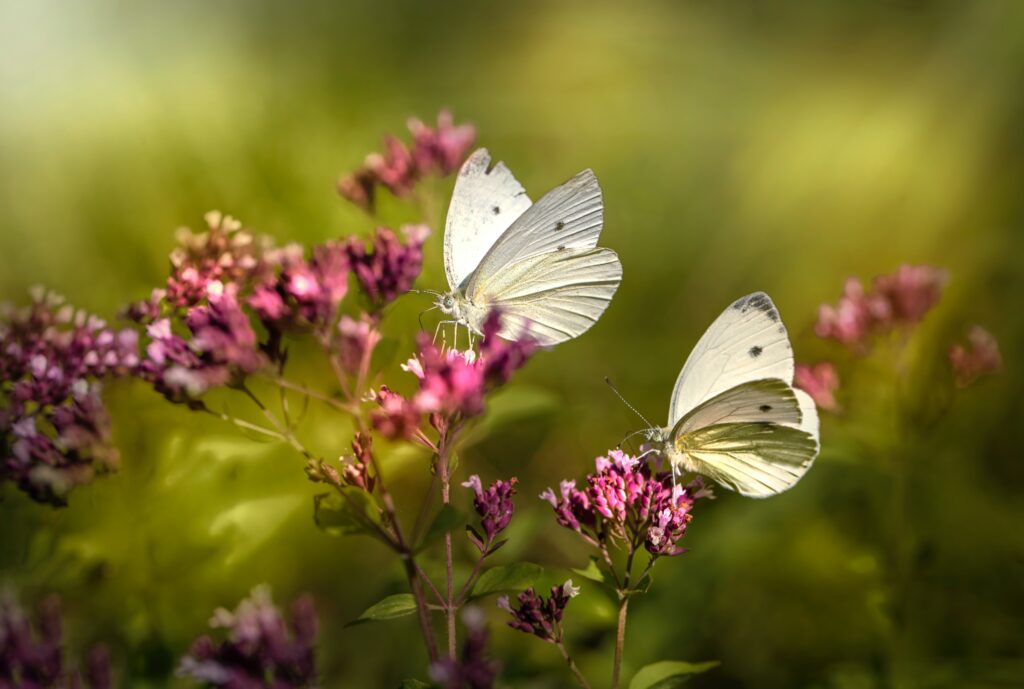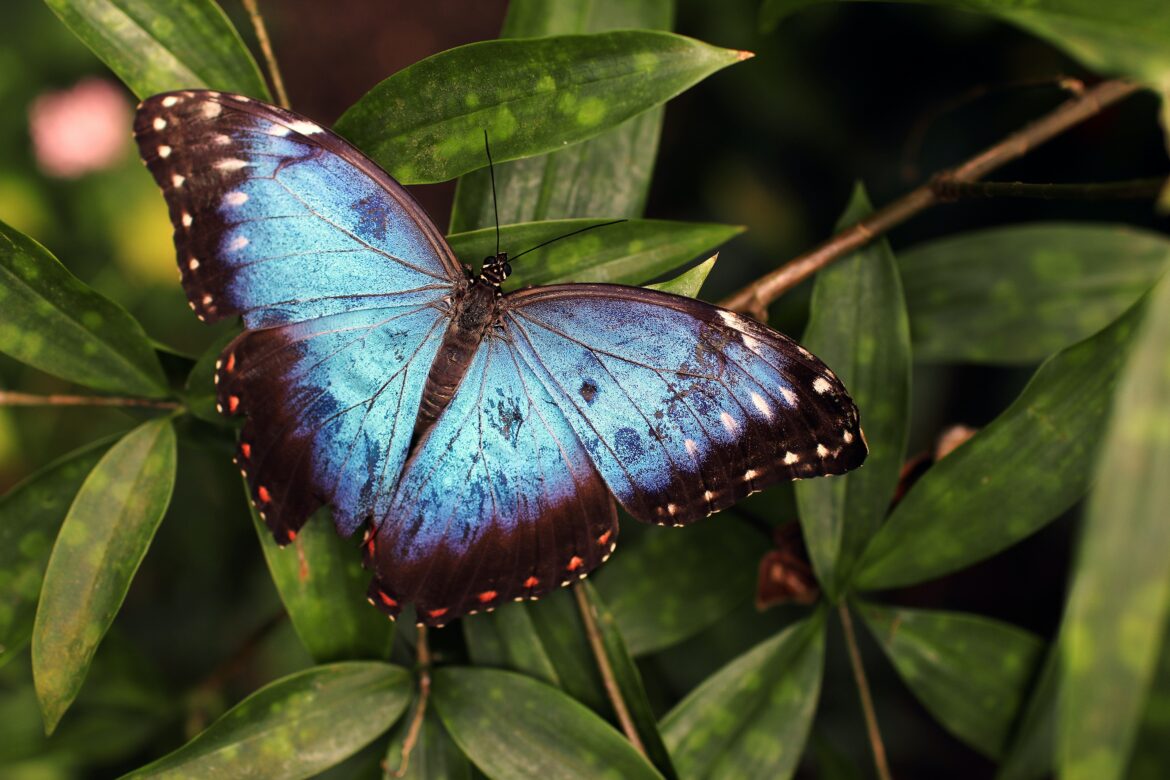According to a recent study, if the Earth’s climate continues to increase, smaller and lighter-colored butterflies may likely face difficult times in the future.
According to studies, small butterflies with milder colors may have difficulty controlling their body temperatures when the atmospheric temperature rises, in contrast to its distinct species with darker colors and broader wings. Those from the Lycaenidae family may experience an increase in the condition.
The impact of color is surprising and “may be a pattern specific to butterflies,” according to main study author Esme Ashe-Jepson, a doctorate student in zoology at the University of Cambridge in the United Kingdom. Size generally plays a big role in an insect’s ability to tolerate heat.
Throughout the research, the butterflies with dark wings consistently performed better, regardless of wing size.
The results, which were reported in the Journal of Animal Ecology, offer fresh proof of the crucial role that larger wings and color play in keeping butterflies cool.
how a butterfly regulates its body temperature

Butterflies need the sun’s warmth to perform properly. But as the temperature rises, the butterflies use techniques known as thermal tolerance and thermal buffering to change their body temperature to match the ambient temperature.
Physical actions like slanting wings out of the direct direction of the sun and traveling to shadier and cooler regions are examples of thermal buffering. According to the study, butterflies with larger wings may use the surface area to absorb heat when necessary, but they can also move more quickly to a cooler location than butterflies with short wings.
Thermal tolerance, on the other hand, entails physiological actions such the creation of heat shock proteins. “Many animals, including humans and butterflies, create these chemicals to shield themselves from extreme heat. According to Ashe-Jepson, they aid in stabilizing and repairing proteins in your body that have been harmed by extreme heat.
1,334 butterflies from 54 species from six butterfly families were gathered, tested, and then released by the researchers to conduct the thermal buffering test. “My colleagues and I ran through the Panamanian rainforest with butterfly nets for several exhausting days. Our objective was to capture a butterfly without chasing it, according to Ashe-Jepson.



